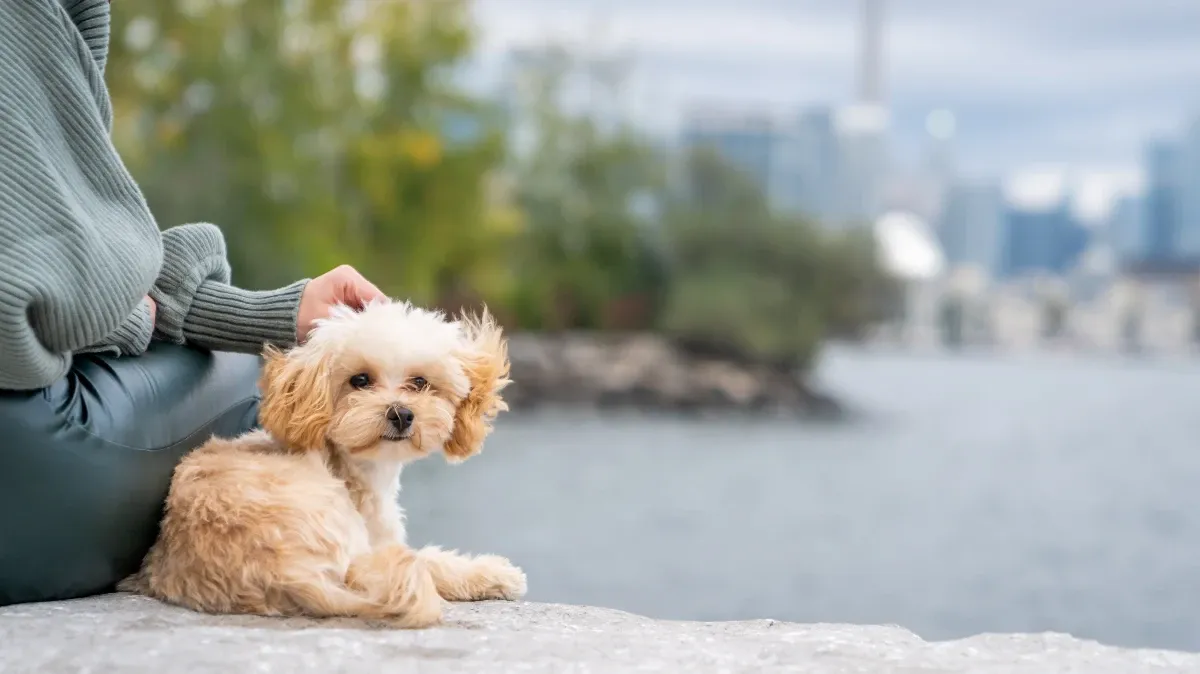Bullmastiff




 Find Reputable Breeders Near You
Find Reputable Breeders Near You
Browse Reputable Breeders who meet Paction's Certification standards.
Search for a PupGet to Know Bullmastifves
- Bred for Guarding: Bullmastiffs were developed in England in the mid-19th century specifically to guard estates and protect against poachers. They were created by crossing English Mastiffs with Bulldogs, resulting in a powerful and fearless breed capable of tracking and apprehending intruders without causing them serious harm. Their role as "gamekeepers' night dogs" made them invaluable protectors of large estates and properties.
- Silent and Stealthy: One of the most notable characteristics of Bullmastiffs is their ability to move silently despite their large size. This stealthiness was a key trait in their development, as it allowed them to approach intruders quietly and take them down without barking or alerting others. Their combination of strength, speed, and silence made them highly effective guard dogs.
- Gentle Giants: Despite their imposing appearance, Bullmastiffs are known for their gentle and affectionate nature, especially with their families. They are loyal and protective but tend to be calm and well-mannered, making them excellent companions. Their patient and tolerant demeanor makes them good with children, although their size means they should always be supervised around small kids.
- Large and Powerful: Bullmastiffs are large, muscular dogs, typically weighing between 100 to 130 pounds. Their powerful build, combined with their protective instincts, makes them formidable guardians. However, they require proper training and socialization from a young age to ensure they are well-behaved and manageable.
- Low Maintenance Coat: Bullmastiffs have a short, dense coat that requires minimal grooming. Their coat can come in fawn, red, or brindle colors, often with a black mask. While they do shed, regular brushing will help keep their coat in good condition and minimize shedding. Their relatively low grooming needs, combined with their calm indoor behavior, make them easier to care for compared to some other large breeds.
Breed History
The Bullmastiff was developed in 19th-century England as a cross between the English Mastiff and the English Bulldog. Originally bred by gamekeepers to protect estates from poachers, these dogs were chosen for their strength, loyalty, and natural guarding instincts. Bullmastiffs were valued for their ability to track intruders, subdue them without causing unnecessary harm, and protect their owners. The breed’s protective nature and intelligence made them well-suited for the demanding work of guarding large properties. Recognized by the American Kennel Club (AKC) in 1933, the Bullmastiff has retained its status as a formidable guardian and a devoted family companion.
Personality and Behaviour
- Loyal and Devoted: Bullmastiffs are fiercely loyal to their families and form strong bonds with their owners. Their devotion and protective instincts make them excellent watchdogs and guardians. Despite their imposing size and strength, they are generally gentle with children and other household pets when properly socialized. This loyalty means they thrive in homes where they receive consistent attention, care, and training.
- Calm and Gentle: While they may appear intimidating, Bullmastiffs are typically calm and patient. They have a natural, relaxed demeanor and are not prone to unnecessary aggression. This gentle disposition makes them an ideal choice for families that value a dog that can be both a protector and a laid-back companion. They enjoy lounging around the house and are content with moderate levels of exercise.
- Intelligent and Trainable: Bullmastiffs are intelligent dogs, which makes training them possible with the right approach. They respond best to positive reinforcement methods such as treats, praise, and rewards. Due to their strong-willed nature, training should be consistent and start early to ensure they learn how to behave properly. Early socialization is crucial to help them become well-adjusted adults who are confident around people and other animals.
Care
- Exercise: Bullmastiffs require moderate exercise to maintain their health, but they are not as active as some other large breeds. A daily walk of 30 to 45 minutes, combined with playtime and mental stimulation, is usually sufficient. They enjoy spending time outdoors but are not built for long-distance running or intense exercise, as they can be prone to joint problems. Owners should be cautious about over-exercising Bullmastiffs when they are young to avoid strain on their developing joints.
- Grooming: Bullmastiffs have short, dense coats that require minimal grooming. Weekly brushing helps remove loose hair and keeps their coat healthy. Despite their short hair, they do shed, so regular brushing can help manage this. They may also have skin folds that need to be cleaned and dried to prevent moisture buildup and skin irritation. Routine grooming should include nail trimming, ear cleaning, and dental care to support overall health.
- Training and Socialization: Bullmastiffs are intelligent and can be trained effectively, but they can also be somewhat independent and stubborn. Training should be consistent and use positive reinforcement to keep them engaged. Due to their size and strength, it’s important to teach them basic commands early, such as “sit,” “stay,” and “come,” to ensure they are manageable in various situations. Early socialization is essential to help them develop into well-rounded, confident dogs who are comfortable around people, other dogs, and different environments.
Bullmastiff Summary
What to ask your breeder?
Here’s a short summary of what you should be asking your breeder:
Bullmastiff Health Testing
| Screening | Considerations |
|---|---|
| Hip Dysplasia | OFA Radiographic Hip Evaluation. PennHIP Evaluation. |
| Elbow Dysplasia | OFA Radiographic Elbow Evaluation. |
| ACVO Eye Exam | ACVO Eye Examination. |
| Advanced Cardiac Evaluation | Advanced Cardiac Evaluation - exam must include an ECHO. |
| Autoimmune Thyroiditis | Autoimmune Thyroditis Evaluation from an approved Lab. |
| Kidney Disease | (Optional but recommended) OFA Evaluation |
How Much Does It Cost to Own a Bullmastiff Per Year?
Determining the cost of owning a Bullmastiff is essential for responsible dog ownership. Use our calculator to estimate expenses, including food, grooming, veterinary care, and more.
The Ultimate Dog Cost Calculator
 Calculate Now
Calculate Now

